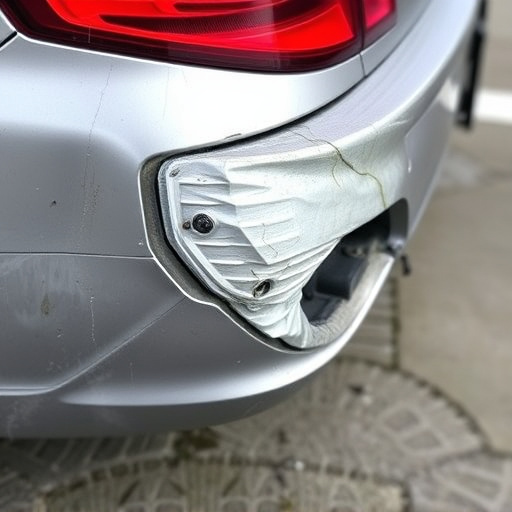Mercedes Lane Assist is a driver assistance system using sensors and algorithms to prevent unintentional lane drifting, enhancing safety and reducing accidents. Its effectiveness relies on continuous learning and Mercedes lane assist recalibration through real-world on-road testing. This meticulous process ensures the system accurately detects and corrects lane departure, minimizing errors from sensor issues like paint repairs or dents. Successful Mercedes lane assist recalibration improves driving confidence, reduces traffic hazards, prevents damage, saves time and money, ultimately enhancing overall road safety.
Mercedes’ Lane Assist system is a cutting-edge safety feature designed to keep vehicles centered in their lane, preventing accidents. This article delves into the critical process of Mercedes lane assist recalibration, exploring its significance and effectiveness through rigorous on-road testing. We break down the step-by-step recalibration process, highlighting how it optimizes performance and enhances driving safety for Mercedes owners. By understanding this calibration, drivers can ensure their vehicles provide the best possible assistance in maintaining lane discipline.
- Understanding Mercedes Lane Assist and Its Purpose
- The Recalibration Process: Step-by-Step On-Road Testing
- Results and Benefits: Enhancing Driving Safety with Calibrated Systems
Understanding Mercedes Lane Assist and Its Purpose

Mercedes Lane Assist is a sophisticated driver assistance system designed to enhance safety and convenience while driving. Its primary purpose is to help drivers maintain proper lane positioning, reducing the risk of accidents caused by drifting out of their lane unintentionally. This advanced technology uses a combination of sensors, cameras, and software algorithms to monitor road markings and steering inputs, providing corrective steering assistance when necessary.
The Lane Assist system is particularly useful in situations where a driver may be fatigued or distracted, offering a second line of defense against lane-departure accidents. Through continuous learning and recalibration, the system adapts to various driving conditions and environments, ensuring optimal performance. On-road testing plays a vital role in verifying these recalibration processes, guaranteeing that the Mercedes Lane Assist remains effective and responsive under real-world scenarios, ultimately enhancing vehicle safety and driver confidence.
The Recalibration Process: Step-by-Step On-Road Testing

The process of recalibrating Mercedes’ Lane Assist system involves a meticulous on-road testing phase that ensures its effectiveness and precision. It begins with preparing a test vehicle, which includes setting up the necessary equipment to monitor and record system performance during simulations. The simulation itself emulates various driving scenarios, focusing on lane departure and keeping within the marked lanes. Engineers carefully navigate twists, turns, and variable speed zones to mimic real-world conditions.
During these tests, the Lane Assist system’s sensors are calibrated against predefined parameters, ensuring it accurately detects and corrects any deviations from the lane. If discrepancies arise, indicating a potential issue with sensor functionality or performance, further inspections of components like cameras, radars, and software modules may be required. This could involve identifying and rectifying issues related to car paint repair, vehicle dent repair, or other minor damages that might affect sensor integrity, ultimately leading to a refined and reliable Mercedes lane assist recalibration.
Results and Benefits: Enhancing Driving Safety with Calibrated Systems

The successful verification of Mercedes lane assist recalibration through on-road testing has significant implications for driving safety. By ensuring the system is accurately calibrated, drivers can experience enhanced lane keeping capabilities, reducing the risk of accidents caused by unintentional drift or lane departures. This improvement in vehicle dynamics allows for more confident and secure driving, especially during high-traffic conditions or long highway drives.
The benefits extend beyond individual driver safety. Well-calibrated Mercedes lane assist systems contribute to overall road safety by promoting smoother traffic flow and reducing potential hazards. Auto body services and repairs may become less frequent as calibrated systems prevent damage from lane-related incidents. This not only saves drivers time and money but also ensures their peace of mind, knowing that advanced technologies are working tirelessly to protect them on the roads.
Mercedes Lane Assist recalibration, verified through rigorous on-road testing, emerges as a game-changer in enhancing driving safety. By precisely calibrating this advanced system, Mercedes ensures its optimal performance, enabling the vehicle to accurately detect and respond to lane markings. This process, detailed in our article, highlights the importance of regular recalibration for maintaining top-tier road safety standards, ultimately benefiting drivers with enhanced confidence and peace of mind on the road.














